Jason Goodwin: ‘Every voyage is different because the sea is never still, never the same from one hour to the next’
Our spectator columnist discusses the longevity of cross-Channel ferries, with their delightful quirks and ever-changing experiences.
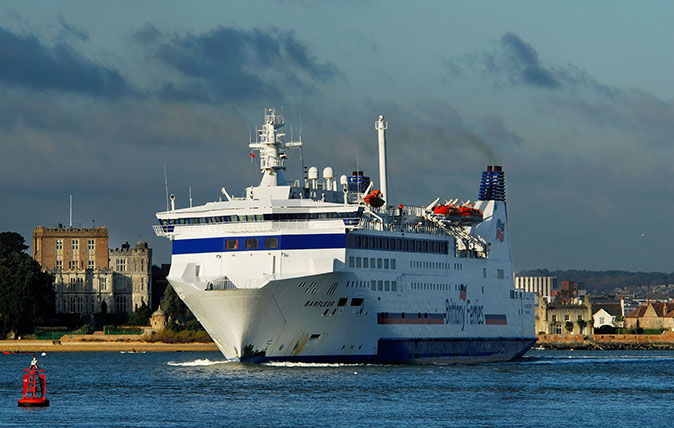
Have you been on any cross-Channel ferries recently? They are wonderful, still. The carpets are less swirly, the lighting is weirder, but, otherwise, they’re the same as they used to be, from smeary windows to rusty paintwork, with the same handsome blokes in overalls to guide you imperiously into columns on the car deck and every opportunity for eavesdropping on other people.
That is a kind of benediction. Not everything in this world, a ferry says, is yet entirely out of our hands or beyond our understanding. The Barfleur may be the pride of the Brittany Ferries fleet or she may be its secret shame, I don’t know, but she is not a plane, encased in computer wiring, nor an app.
I know how she goes and I can stamp on her hard decks.
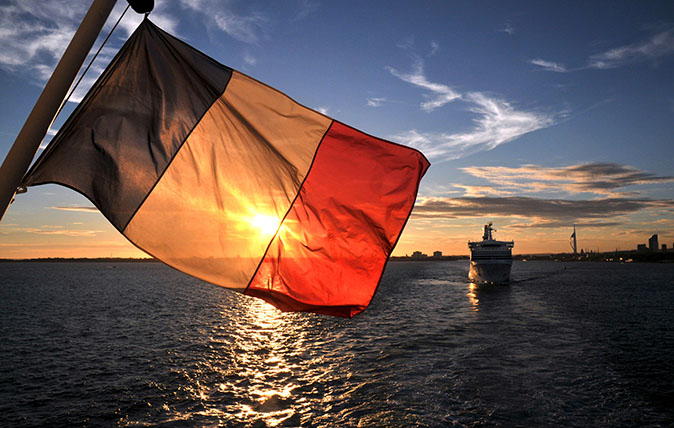
Every morning and evening, she runs at 19 knots across the Channel. She weighs 20,133 tonnes, which is about half the size of Titanic. She takes 1,212 passengers and almost 600 cars, with a crew of 185 from Normandy and Brittany who will sleep on board and follow a week-on, week-off routine.
They are cleaners and bar staff and sailors. Capt Kerouredan is in charge, with a name as Breton as any of his forebears hunting the cod off the Grand Banks.
At the start of the voyage, strangers are mysteriously summoned over the tannoy to the purser’s office. The decks are green, slightly tacky, made of welded plate. There’s nowhere to escape the sound of the engines, only certain places where it’s muffled and the noise reaches you merely as a vibration.
The doors to the decks are always swollen stiff and the handles leave your fingers feeling sticky. If you lean on the rail, it is unvarnished and not unpleasant. In the old days, it was frequently covered in vomit, but, now, it seems clean.
Exquisite houses, the beauty of Nature, and how to get the most from your life, straight to your inbox.
A woven net is not-too-precisely clipped to the rail underneath to stop small children slipping through the bars and, every 20 yards or so, a lifebuoy, hard and orange, hangs patiently against the rail, waiting for the shout of Man Overboard.
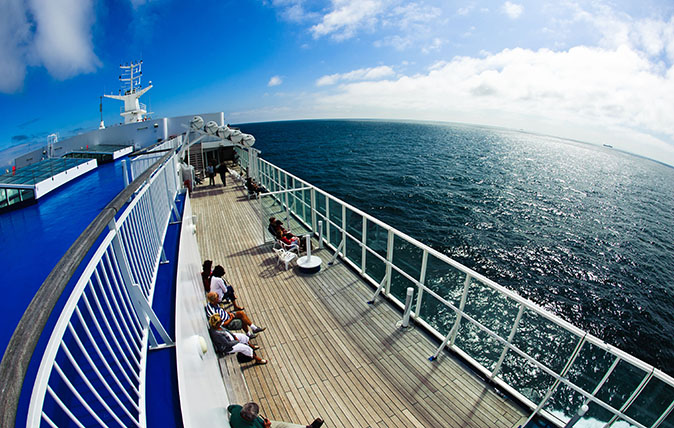
Capt Kerouredan drops the pilot when we have cleared the mole at Cherbourg, starting onto seas with the gentlest roll. Three hours later, another pilot comes aboard at Poole, off Old Harry Rocks. I watched him over the rail, a slim man in black trousers and a white shirt who stepped neatly from the pilot boat onto a rope ladder and shinned aboard.
When I pressed my nose to the cabin nearest the bridge, I saw him go by, still wearing his life jacket. The cabin was full of tiny drawers and soldering irons. The ship began to pick up speed. There was a half moon and we crowded the rail to look at the footballers’ houses on Sandbanks, lit up like pinball machines.
Every voyage is different because the sea is never still, never the same from one hour to the next. On our way to France, we easily made out the name of other ships – Big Lift or Feeder Team – as they passed through the busiest shipping lane in the world, but, on the way home, the decks were greasy and we blew our horn into the fog every 30 seconds.
Seated in a chair behind the mast – there is a mast! – we seemed to be moving incredibly fast, tearing across the sea. Miles were being made. Landfall was expected.
‘This is when I like to be on a boat,’ said a boy to his father. ‘When it’s misty and stuff.’
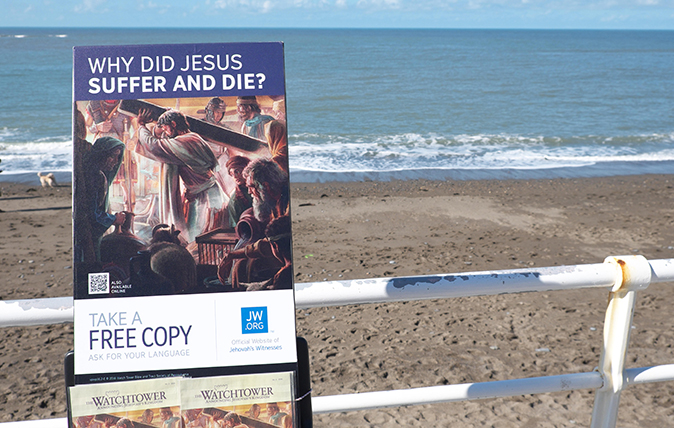
Jason Goodwin: Keeping up with the Jehovahs
'I don’t get into theological debate with them; I simply like to bask awhile in their radiant happiness'

Credit: Alamy
Jason Goodwin: 'Our headmaster was more Gilderoy Lockhart than Dr Arnold'
The graduation ceremony of Jason Goodwin's son reminds our columnist of the latin prayers which were so prolific in his

Credit: Alamy
Jason Goodwin: 'We have books all over the floors and carpets on the furniture'
Our columnist Jason Goodwin talks about jam jars, duvets and the books which are taking over his house.
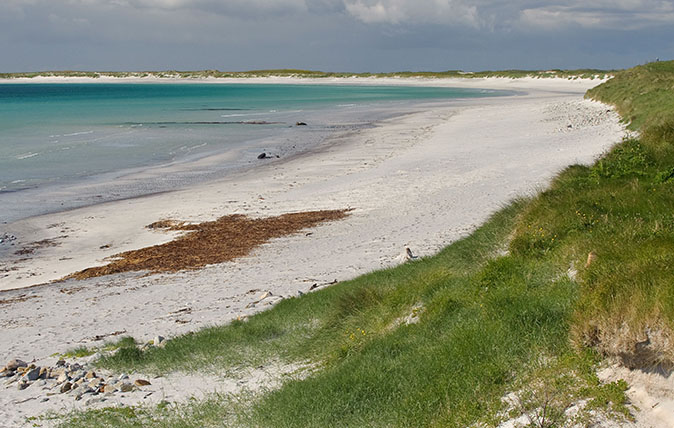
Jason Goodwin: The day the Germans tried French and English in Scotland
Still-fresh memories of the recent World Cup spark happy recollections for Jason Goodwin of a multi-national day in the Hebrides.
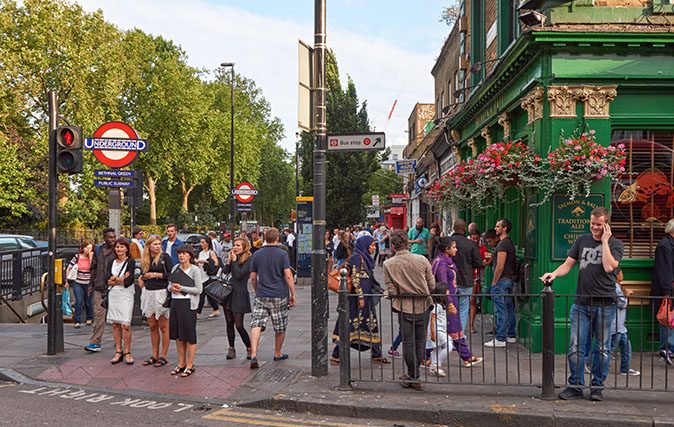
Jason Goodwin: The moment I knew I'd lost the urge to live in London
Our columnist explains what first prompted him to swap Bethnal Green for Bridport - and why he's never looked back